Lossless vs Lossy Data Compression
Overview
The widely used techniques for reducing the size of digital files including photos, music, and video are lossless vs lossy data compression. Lossy compression methods accomplish significant reductions in file size but at the expense of some information loss, whereas lossless compression algorithms reduce file size without sacrificing any information. Lossless compression is perfect for applications that need great precision and fidelity, such as archiving, medical imaging, and scientific data storage. Lossless compression, on the other hand, often achieves lower compression ratios than lossy compression, which results in larger compressed files.
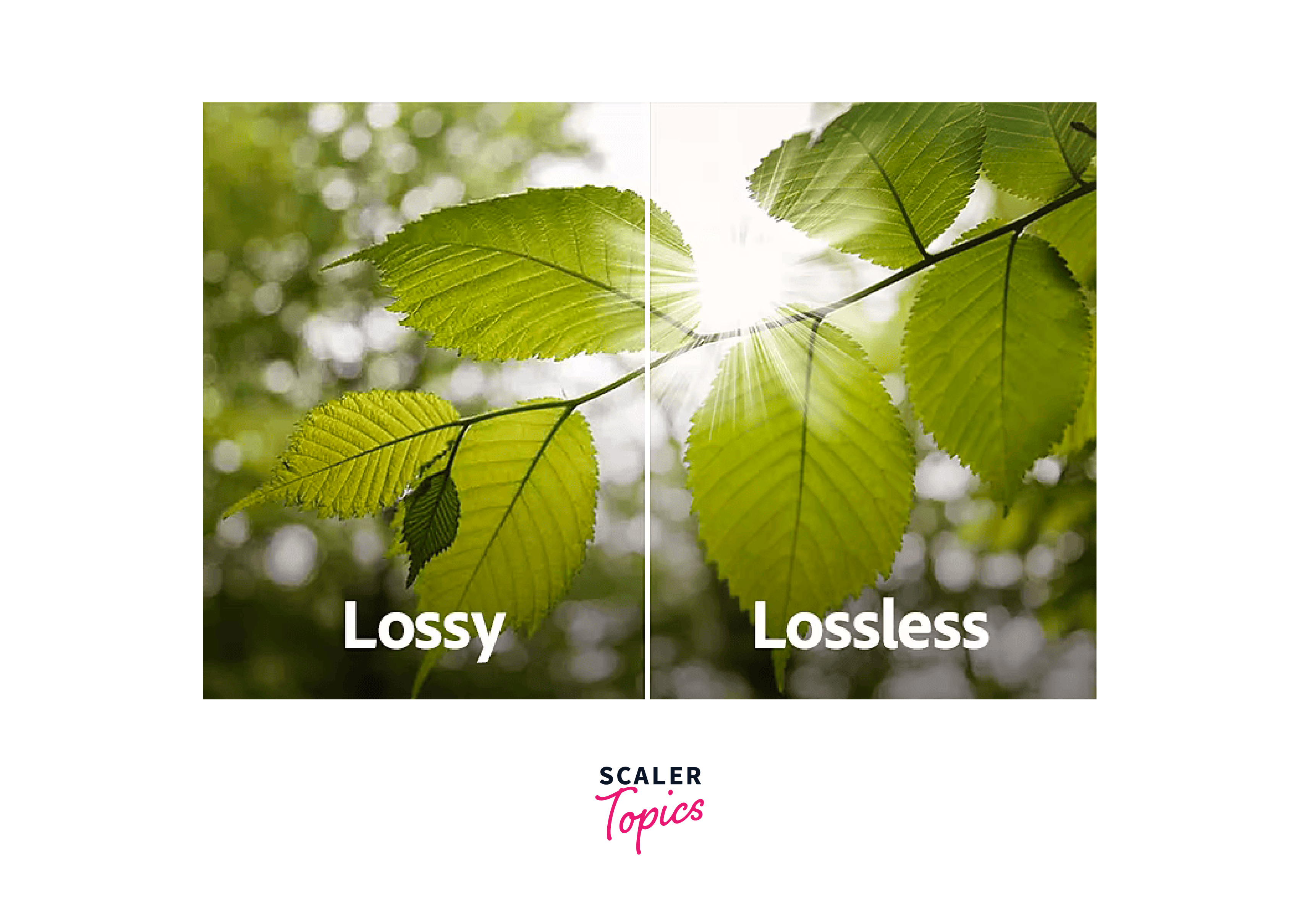
Lossless Data Compression
Lossless data compression is a technique for shrinking digital files without sacrificing any of their content. This makes it perfect for applications that need high precision and fidelity since the original data can be completely recovered from the compressed form without any data loss.
The Huffman coding algorithm, one of the most popular lossless compression techniques, operates by allocating shorter codes to frequently recurring symbols in the data and longer codes to less frequently occurring symbols. In this manner, the compressed data may be represented with no information loss using fewer bits than the original data.
Explanation of Lossless Data Compression
Finding patterns and redundancies in the data and then encoding it more effectively is the process of Lossless vs Lossy Data Compression. Huffman coding, which assigns shorter codes to more frequently appearing symbols in the data and longer codes to less frequently occurring symbols, is one of the most popular methods used for lossless compression. The compressed data may be represented using fewer bits than the original data by employing these shorter codes, without any information being lost.
The Lempel-Ziv-Welch (LZW) technique, another well-liked lossless compression algorithm, functions by creating a dictionary of frequently recurring patterns in the data and replacing them with shorter codes. This technique has been employed in well-known file formats like GIF, and TIFF, and it is very successful for compressing text data.
Mathematical Formulae and Equations
1. Entropy: Entropy is a metric used to determine how random or unpredictable a batch of data is. It frequently serves as a benchmark for evaluating how well compression methods work. The definition of entropy is:
where is the likelihood that the symbol x will appear in the data set, is the base-2 logarithm, and H is entropy.
2. Compression Ratio: A compression algorithm's compression ratio indicates how much compression was accomplished. It is determined by dividing the sum of the compressed and uncompressed data sizes. The compression ratio formula is as follows:
3. Signal-to-noise Ratio (SNR): SNR, or signal-to-noise ratio, is a metric used to evaluate the quality of a compressed signal to its uncompressed counterpart. The SNR formula is:
where Psignal denotes the original signal's strength and Pnoise is the amount of noise added during compression.
4. Mean Squared Error (MSE): The difference between the original uncompressed signal and the compressed signal is measured by the mean squared error (MSE), or MSE. The MSE equation is:
where n is the number of data points, yi is the compressed signal, and xi is the original uncompressed signal.
Examples of Use Cases Where Lossless Data Compression is Preferred
1. Medical Imaging: To ensure precise diagnosis and treatments, it is crucial to keep all of the data in medical imaging. Medical pictures are frequently compressed while retaining their diagnostic value using lossless compression methods, such as those found in the DICOM standard.
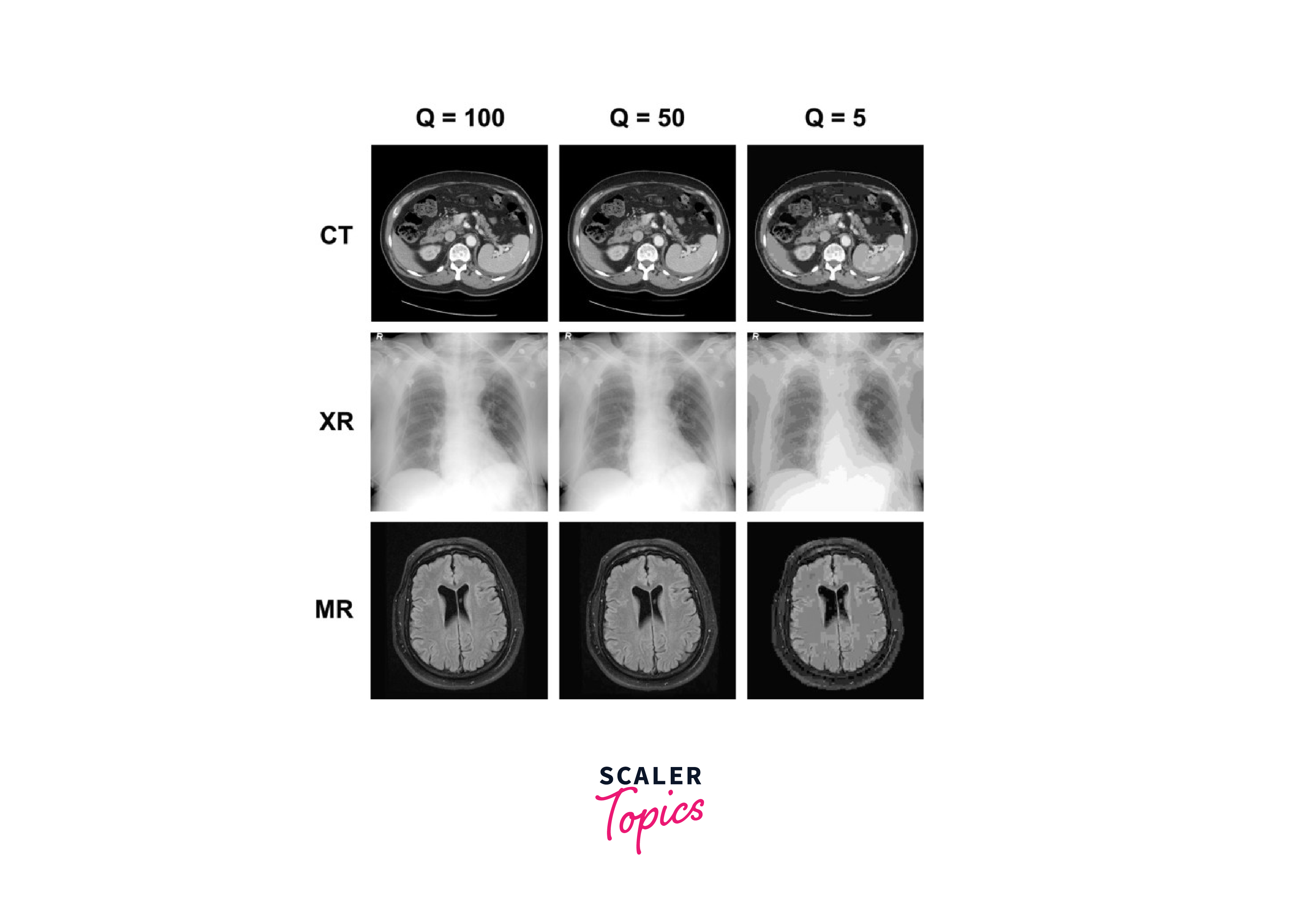
2. Scientific Data Storage: For reliable outcomes in scientific research, data integrity is essential. Lossless compression is frequently used to more effectively store enormous volumes of data, including genetic sequences or climatic data, without losing any crucial information.
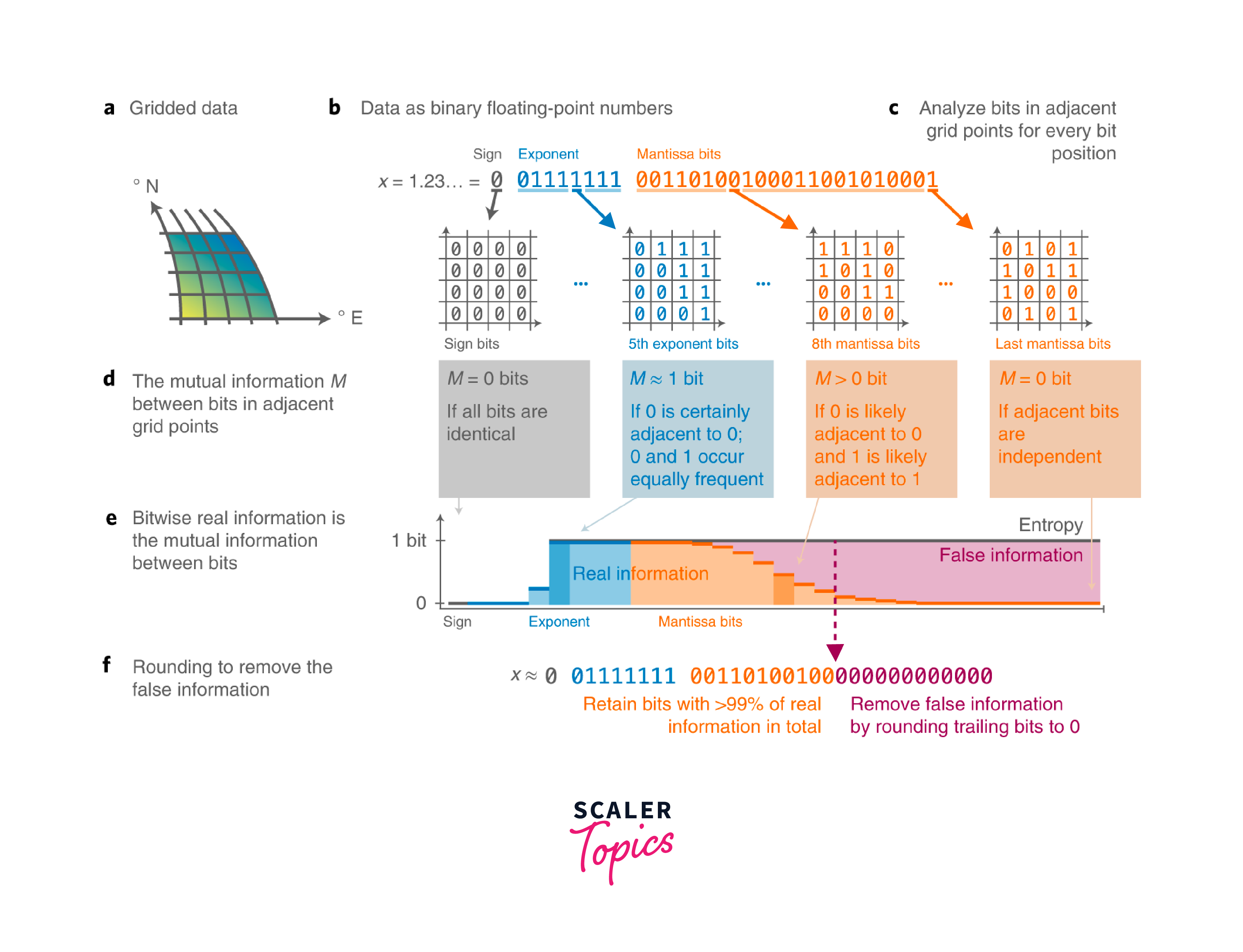
3. Archiving: Maintaining the original text and layout is crucial when preserving significant papers, records, or historical data. Large volumes of data may be compressed for long-term storage without any information loss using lossless compression techniques.
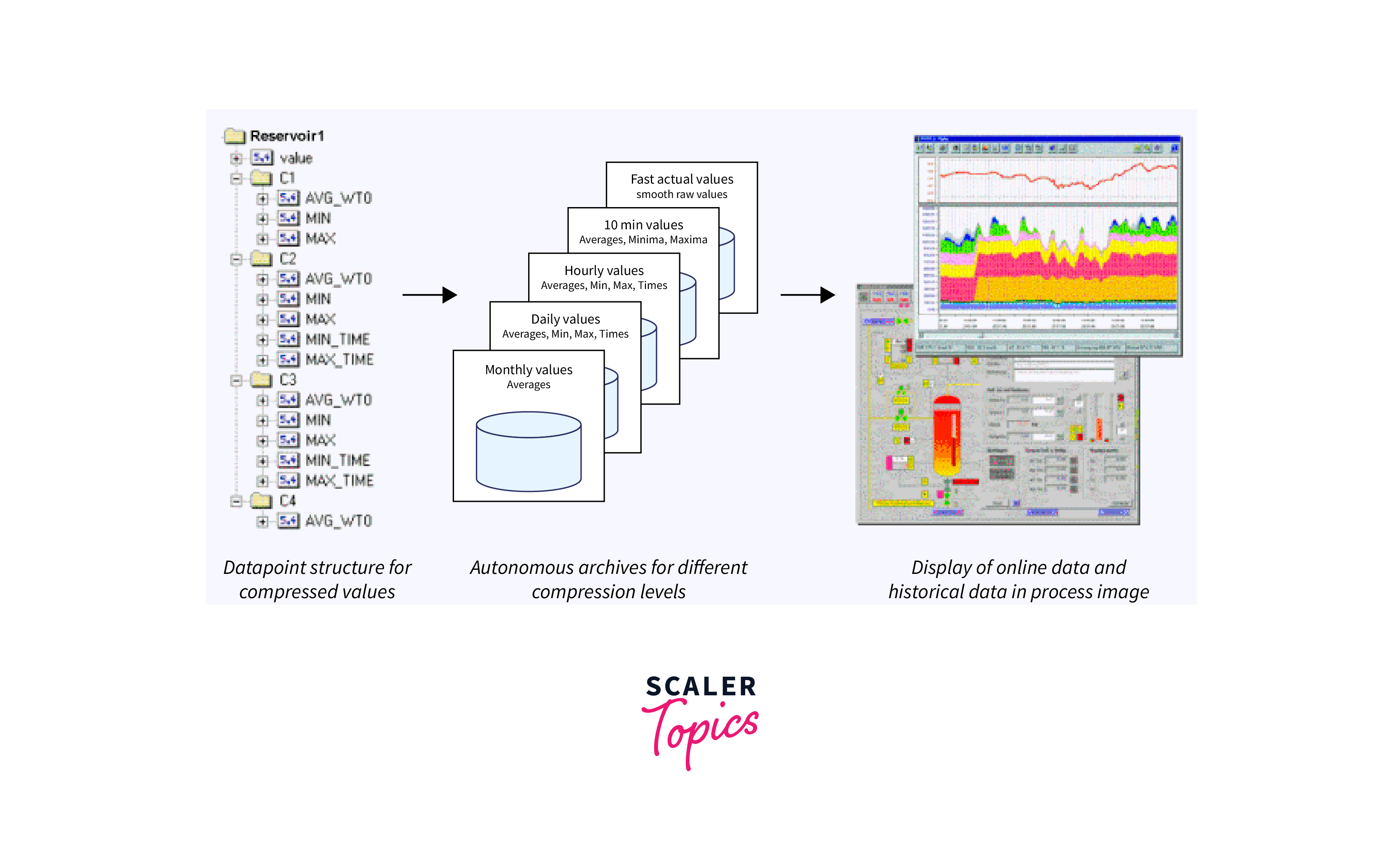
4. Text and Source Code Files: To minimise file size while maintaining the integrity of the files' information, text and source code files—such as HTML, CSS, and JavaScript files—are frequently compressed using lossless techniques.
5. Audio Recording: Lossless compression methods are employed in certain professional audio applications to save uncompressed audio recordings more effectively and without sacrificing quality.
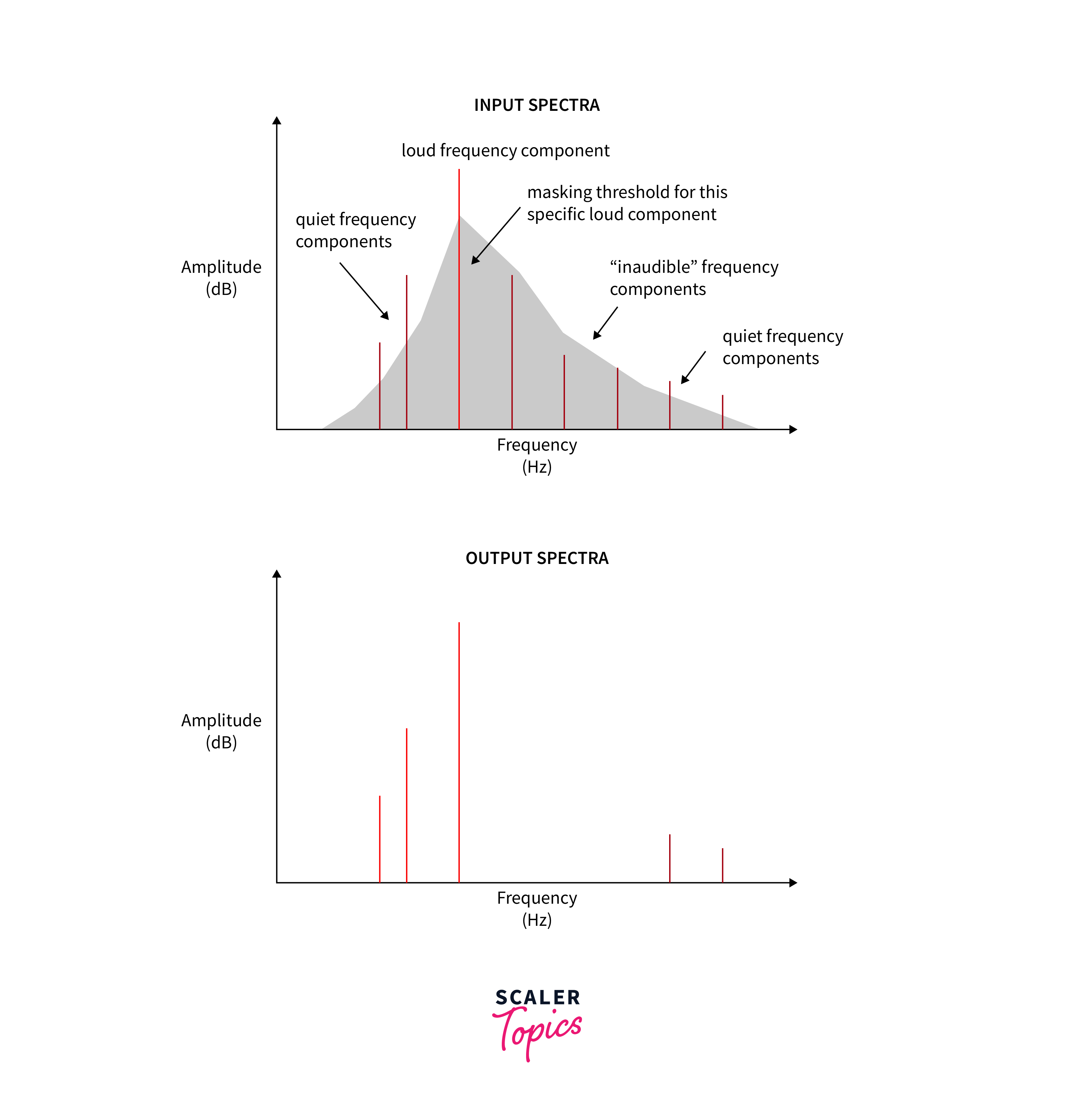
Algorithms for Lossless Data Compression (LZ77, LZW, Huffman Coding)
1. LZ77: The LZ77 algorithm is a dictionary-based method that finds patterns in the data that repeat themselves and replaces them with references to instances of the pattern that occurred before. Numerous compression tools, such as gzip and compress, heavily rely on this algorithm.
2. LZW: Like LZ77, the LZW algorithm is a dictionary-based method that employs a dynamic dictionary that is constructed during compression. File formats like GIF and TIFF frequently employ this technique.
3. Huffman Coding: Huffman coding is a statistical procedure that assigns shorter codes to symbols that appear more frequently in the data and longer codes to symbols that appear less frequently. To further minimise the amount of the compressed data, this approach is frequently used in combination with other compression algorithms.
4. Arithmetic Coding: Another statistical approach is arithmetic coding, which converts a series of symbols into a single number between 0 and 1. Although this algorithm is more complicated than Huffman coding, for some types of data, it can achieve higher compression ratios.
Advantages and Disadvantages of Lossless Data Compression
Advantages:
- No Data Loss: Lossless compression techniques guarantee that all original data is maintained during compression and decompression, making them perfect for situations where data integrity and correctness are crucial.
- Reversible: Since both the compression and decompression procedures are reversible, the compressed data may be used to precisely recreate the original data.
- Effective: Without compromising data fidelity, lossless compression techniques may frequently significantly reduce file sizes.
Disadvantages:
- Lower Compression Ratio: Compared to lossy compression techniques, lossless compression techniques often achieve a lower compression ratio, which implies that the compressed data may still be rather substantial.
- Slower Compression and Decompression: Lossless compression methods are frequently more computationally costly than lossy algorithms, which can result in slower compression and decompression times.
- Limited Usage for Some Types of Data: For some forms of data, such as photos and movies, lossy compression may be necessary to achieve a considerable decrease in file size. Lossless compression techniques are not as successful as lossy approaches in these cases.
Lossy Data Compression
To obtain a greater compression ratio than lossless compression, lossy data compression is a form of compression technique that selectively discards some of the data. To retain an acceptable degree of quality while shrinking the file size, non-critical or perceptually less significant material is typically removed.
When it comes to multimedia data like photographs, music, and video, lossy compression is frequently utilised since it prioritises user experience over data correctness. Lossy compression can achieve substantially greater compression ratios than lossless compression, sometimes by a factor of 10 or more, by choosing eliminating material that is less relevant to the human impression of quality.
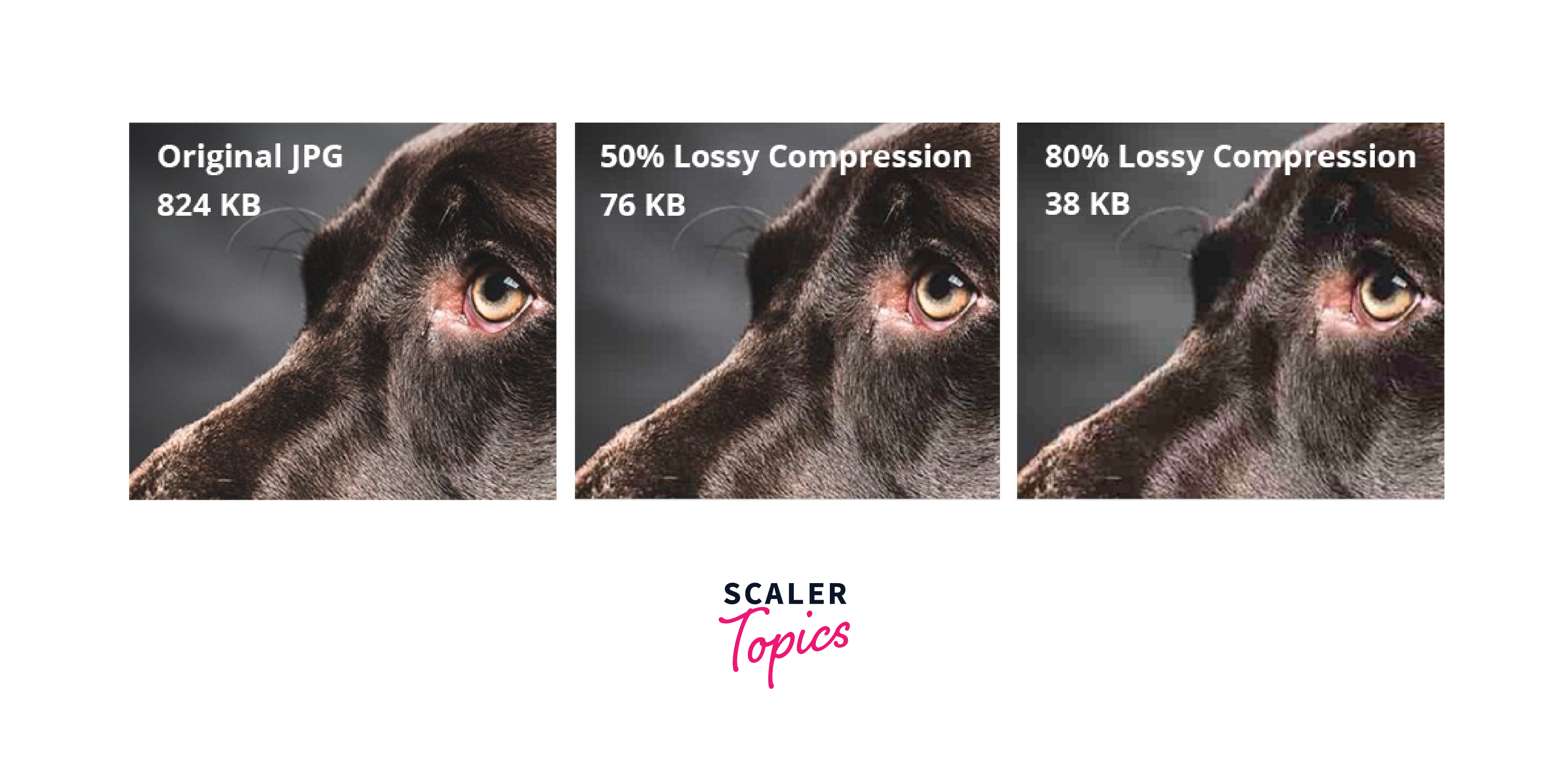
Explanation of Lossy Data Compression
A Lossy compression algorithm first analyses the data to pinpoint the components that are less crucial to how people judge quality. After being removed, these components are frequently quantized or approximated, producing a compressed file that is smaller than the original. By choosing various compression settings or quality levels, the level of compression may be changed.
Lossy compression may produce substantially greater compression ratios than lossless compression, which is one of its key benefits. This is so that the compressed file's quality may be preserved as the deleted material is frequently perceptually less relevant.
Mathematical Formulae and Equations
1. Shannon Entropy: A measure of the degree of uncertainty or unpredictability in a data stream is called Shannon entropy. The following equation yields it:
where is the likelihood that symbol i will appear in the data stream.
2. Signal-to-Noise Ratio (SNR): SNR, or signal-to-noise ratio, is a measurement of a signal's quality about the signal's noise. It is frequently used to assess how well lossy compression methods work. The SNR formula is:
where Psignal denotes the signal's power and Pnoise the noise's power.
3. Peak Signal-to-Noise Ratio (PSNR): PSNR is a gauge of how well-preserved a compressed picture or video is in comparison to the original. It is computed using the following formula and is measured in decibels (dB):
MSE stands for the mean squared error between the original and compressed pictures, where MAX is the highest pixel value that may be used.
4. Bitrate: The quantity of data delivered per unit of time is known as the bitrate. The data rate of compressed audio and video is frequently described using this phrase. The bitrate equation is:
where Sampling Rate is the number of samples taken per second, Bit Depth denotes the number of bits used to represent each sample, and Number of Channels denotes the number of audio channels (mono or stereo).
Examples of Use Cases Where Lossy Data Compression is Preferred
1. Streaming Media: Lossy compression is frequently used for streaming media, including music and video, as it enables high-quality playing on networks with constrained capacity. Media file sizes can be decreased by utilising lossy compression methods without drastically lowering the quality of the media.
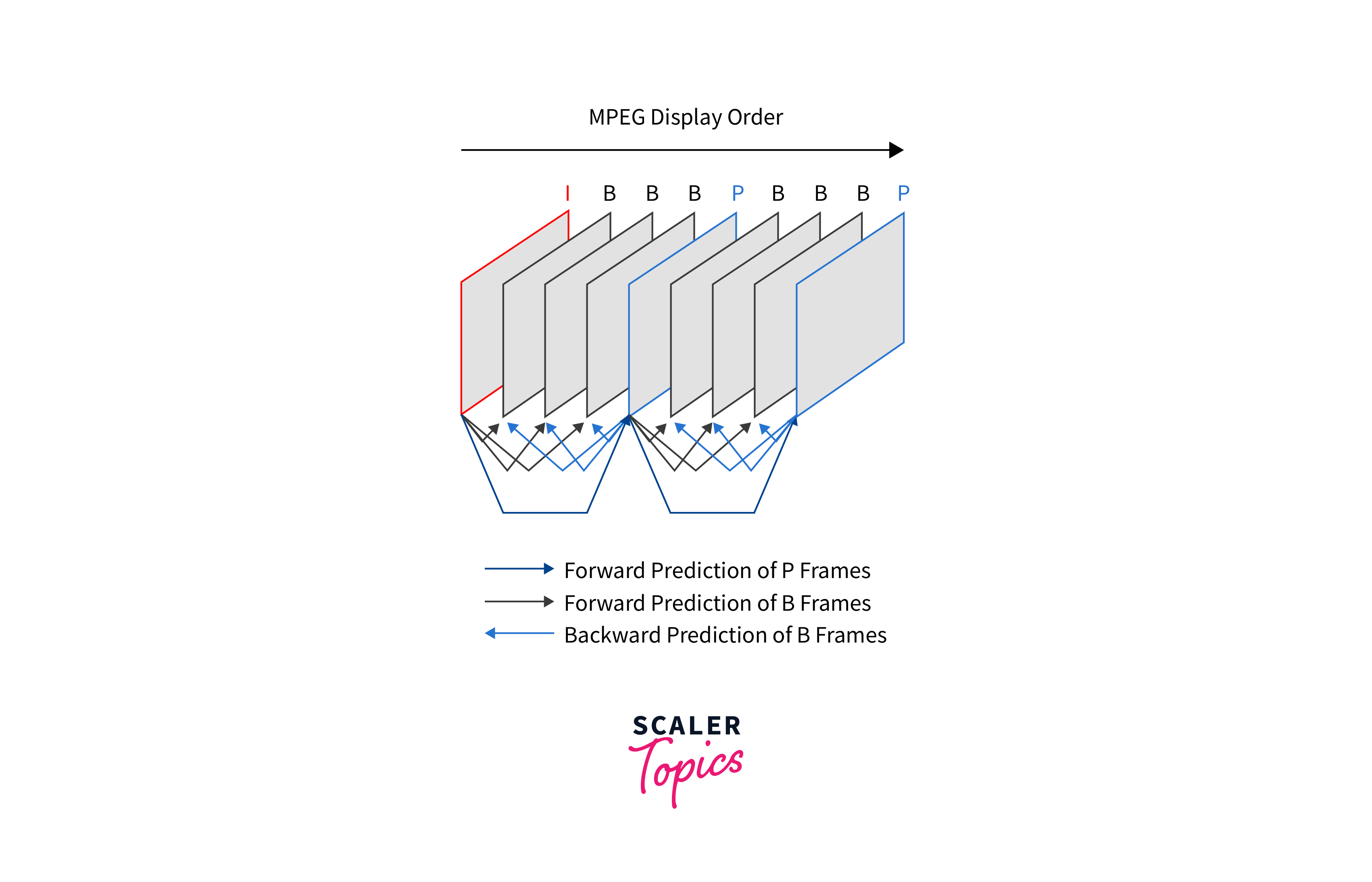
2. Web Images: Because lossy compression enables quick loading times and effective storage, web graphics like JPEG and PNG files are often employed. Without severely affecting the visual quality of the photos, lossy compression methods can shrink the size of the graphics files.
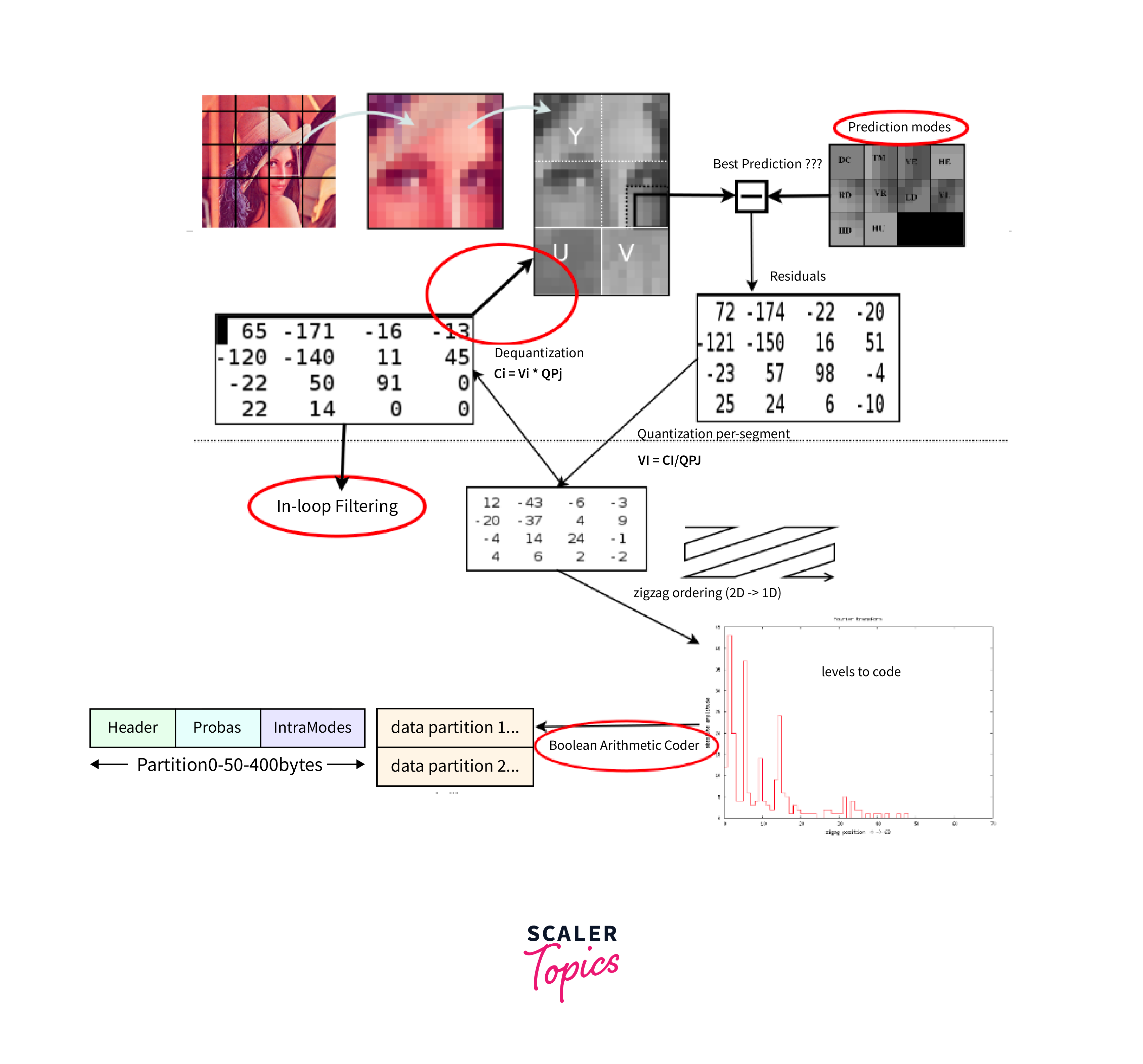
3. Speech Recognition: Because lossy compression enables quick processing and effective storage, it is frequently used for speech recognition in voice assistants and dictation software. The size of the audio files can be decreased by utilising lossy compression methods without severely affecting the speech quality.
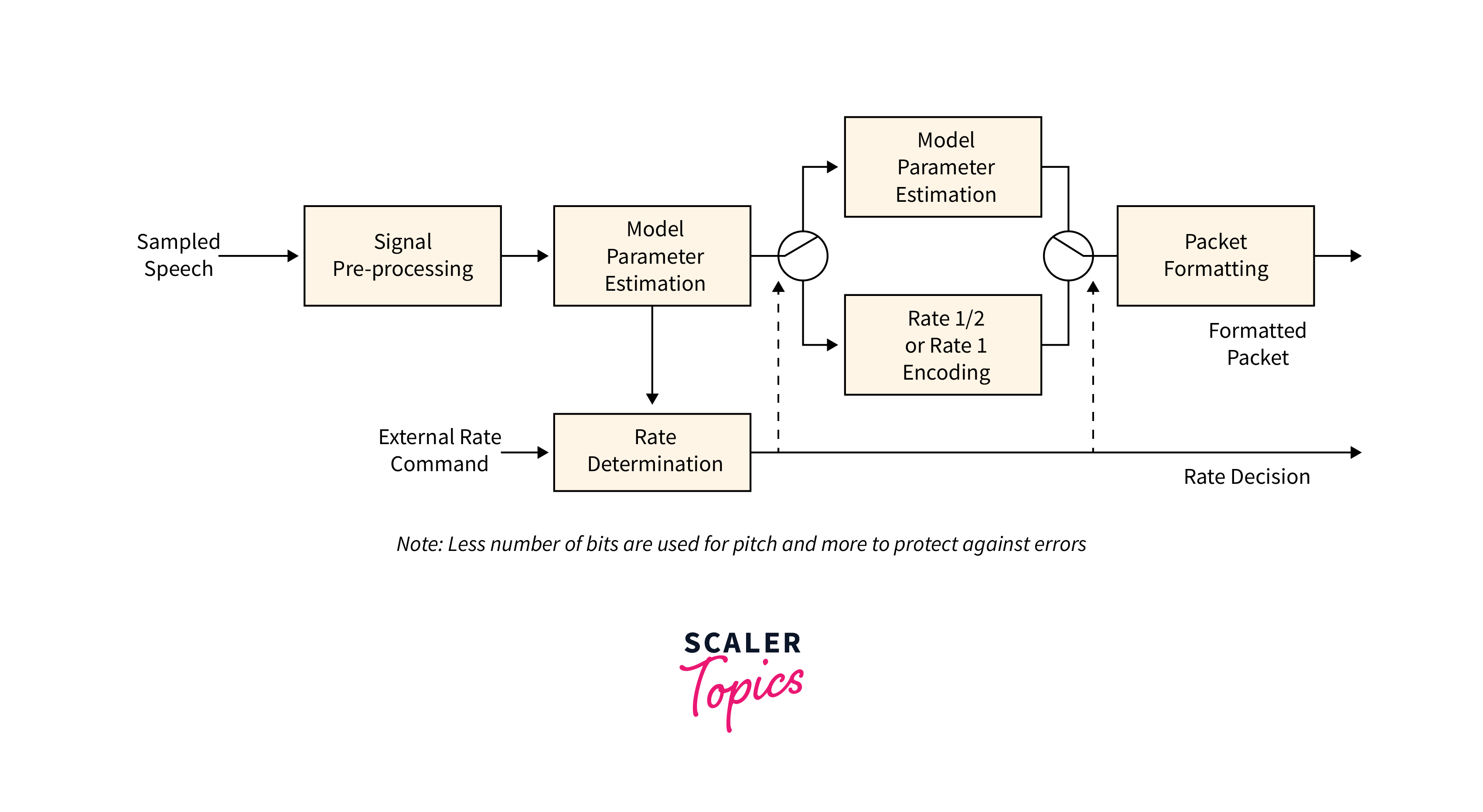
4. Scientific Data: Because it enables effective storage and transmission of big data sets, lossy compression is frequently used for scientific data, including satellite photos and medical scans. Lossy compression techniques can shrink data files without considerably compromising their scientific correctness.
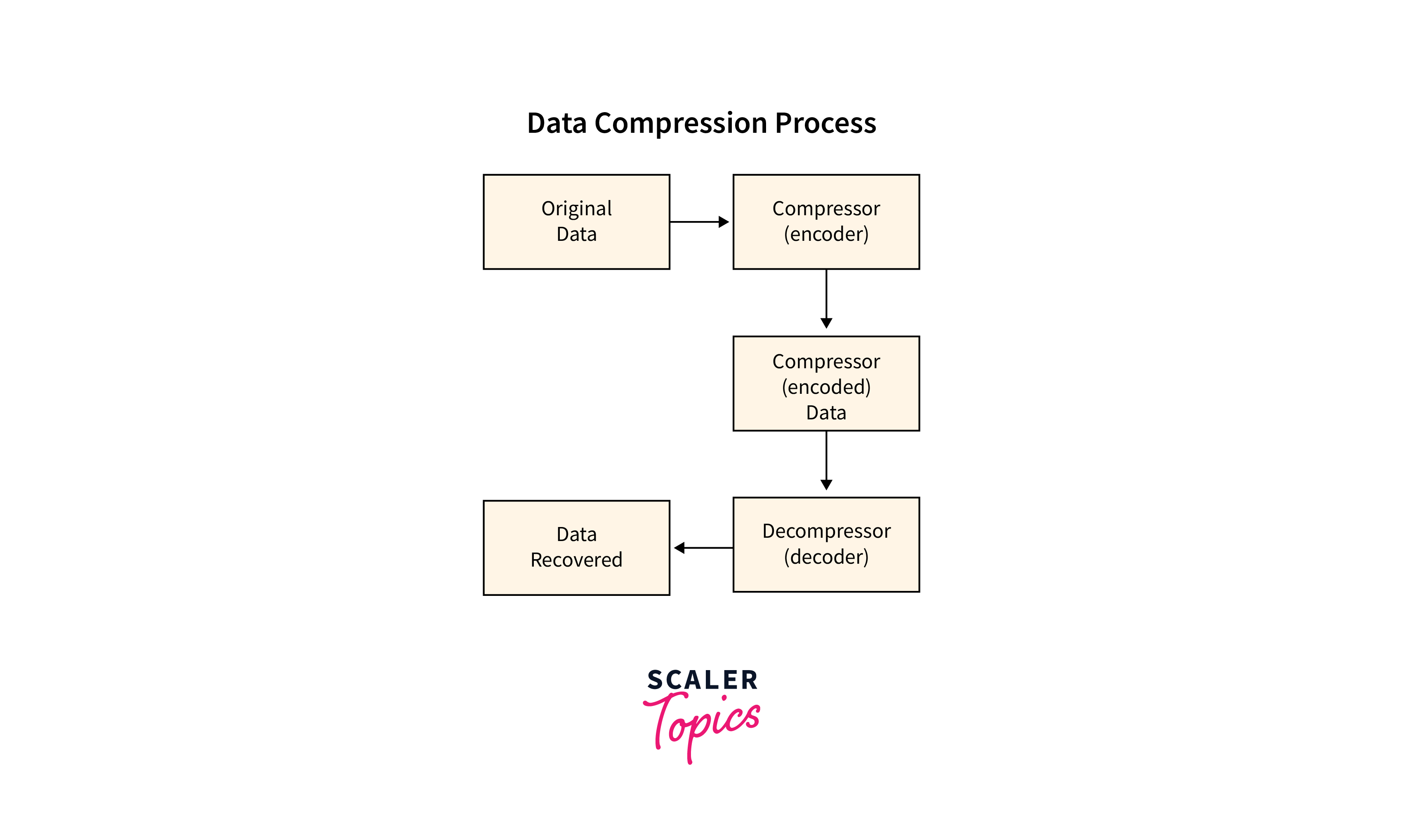
Algorithms for Lossy Data Compression
1. JPEG: For lossy compression of digital pictures, the Joint Photographic Experts Group (JPEG) algorithm is a popular choice. The picture is broken up into smaller blocks, and then each block is transformed into a collection of frequency coefficients using a discrete cosine transform. Then, these coefficients are compressed and quantized using arithmetic or Huffman coding.
2. MP3: MP3 (MPEG Audio Layer-3) is a popular technique for lossy audio data compression. It operates by locating and eliminating noises that are less audible to humans using a psychoacoustic model. After that, the remaining sounds are compressed using a mix of time-domain and frequency-domain coding strategies, including Huffman coding and subband coding.
3. MPEG: A set of standards called MPEG (Moving Picture Experts Group) is used to compress digital video using a lossy algorithm. To limit the amount of data that has to be broadcast, it works by breaking the video up into little frames and employing motion correction and prediction. After that, the remaining data is compressed by combining spatial and temporal coding methods such as discrete cosine transform, quantization, and variable-length coding.
Advantages and Disadvantages of Lossy Data Compression
Advantages:
-
Reduced File Size: A substantially smaller data file that is simpler to store and transport thanks to lossy compression methods.
-
Processing Speed: Lossy compression techniques may process data more quickly than lossless algorithms, making them more suited for real-time applications or quick data transfer.
-
Acceptable Quality: High-quality output that is suitable for many applications, including streaming media and online graphics, may be produced via lossy compression techniques.
Comparison between Lossless and Lossy Data Compression
Lossless Data Compression:
- After compression and decompression, retain the original data.
- Typically results in a larger compressed file than the corresponding lossy compressed file.
- Does not result in any information or quality loss.
- is more suited for applications like text files, computer programs, and medical imaging that demand precise replication of the original data.
- Commonly makes use of less complex compression algorithms, like run-length encoding, Huffman coding, or LZW.
Lossy Data Compression:
- During compression and decompression, part of the original data is lost.
- Typically results in a smaller compressed file than the corresponding lossless compressed file.
- Causes some information or quality loss in the compressed data.
- Is better suited for applications like digital movies, online graphics, and audio files where a slight loss of quality or information is tolerable.
- Usual compression techniques include discrete cosine transform, psychoacoustic modelling, or motion correction.
Differences between the two types of compression ( Table )
| Lossless Data Compression | Lossy Data Compression | |
|---|---|---|
| Original Data | Retained | Partially discarded |
| Compression Ratio | Lower | Higher |
| Quality Loss | None | Some |
| Suitable for | Exact replication | Small quality loss |
| Compression Algorithms | Run-length encoding, Huffman coding, LZW | Discrete cosine transform, psychoacoustic modeling, motion compensation |
Comparison of Compression Rates and File Sizes
Compression rates describe the level of compression that the method can produce. Since all of the original data is preserved during lossless data compression, the compression rates are typically lower and the compressed file is only marginally smaller than the original file. By deleting some of the original data, lossy data compression, on the other hand, can achieve better compression rates. The compressed file that arises from this is far smaller than the original file.
File sizes relate to the uncompressed file's real size. Lossless compression, as previously indicated, generally yields a compressed file that is just marginally smaller than the original file. Lossy compression, on the other hand, can result in substantially lower file sizes since it can achieve better compression rates by throwing away some of the original material.
Impact of Compression on the Quality of Data
Loss of quality or information in the compressed file is one of the key trade-offs associated with lossy data compression. This is so that the compression algorithm may achieve greater compression rates by removing part of the original data.
The particular compression technique utilised, the amount of compression employed, and the kind of data being compressed all affect how much quality is lost. For instance, audio files compressed using the MP3 technique may show a loss of high-frequency information or a "swishing" sound, while pictures compressed with the JPEG algorithm may show visual artefacts, such as blockiness or colour distortions.
Use Cases Where One Type of Compression May be Preferred Over the Other
In some application circumstances, lossless data compression may be preferred:
-
Archiving: Lossless compression may be selected to ensure that there is no data loss when the original data has to be saved in a compressed format for later use.
-
Medical Imaging: The original data must be kept in medical imaging applications without any information being lost. To decrease the amount of storage needed while keeping the original data, lossless compression is performed.
-
Text Documents: To minimise their size without sacrificing any data, text documents can be compressed using lossless compression methods. In situations where storage capacity is at a premium, this may be advantageous.
In the following application scenarios, lossy data compression may be preferred:
-
Multimedia: Lossy compression methods are frequently employed to reduce the amount of space needed for multimedia data including photos, audio, and video. Higher levels of compression are possible because certain sorts of data are less susceptible to information loss in the human brain.
-
Streaming: Lossy compression is utilised in streaming applications where real-time network transmission of the compressed data is required. The compressed data's lower file size enables quicker transmission and shorter buffering periods.
-
Web and Mobile Apps: Speedy and effective information delivery is frequently emphasized in web and mobile applications. By reducing the size of multimedia assets, lossy compression can speed up the page loads and enhance user experience on the whole.
Applications of Lossless and Lossy Data Compression:
Lossless data compression applications
-
Archiving: Lossless compression is frequently used for crucial file and data preservation. This is because no information is lost during compression since lossless techniques enable accurate reconstruction of the original data.
-
Text Compression: Text files, such as books, essays, and reports, are frequently compressed using lossless compression techniques.
-
Databases: To minimise the amount of stored data and speed up query times, lossless compression is also utilised in database applications.
Lossy data compression applications
-
Multimedia: Lossy compression methods are frequently employed to reduce the amount of space needed for multimedia files including photographs, music, and videos. This is because various forms of data can be compressed more tightly since human perception is less sensitive to the loss of specific information.
-
Streaming: Online video streaming, music streaming, and online gaming are all popular examples of streaming applications that employ lossy compression. This is because the compressed data's lower file sizes enable quicker transmission and shorter buffering periods.
-
Web and Mobile Apps: Speedy and effective information delivery is frequently given top importance in web and mobile applications. By reducing the size of multimedia assets, lossy compression can speed up page loads and enhance user experience.
Real-World Applications of Data Compression
-
Entertainment and Multimedia: Lossy data compression methods, such as JPEG, MP3, and MPEG, are frequently used to reduce the size of multimedia data, including photos, music, and video. This is because transmitting or storing these forms of data without compression can be time-consuming because they are sometimes quite massive. Compression enables quicker transmission, less storage space usage, and better user experience.
-
Internet and Network Communication: Effective Internet and network communication depends on data compression. Lossy compression is used for photos, videos, and other sorts of data that can accept some degree of loss, whereas lossless compression is used for text and other types of data that must be delivered without any information loss.
-
Database Management: To minimise the amount of storage space needed for data storage, data compression is utilised. For businesses that need to store a lot of data, this can lead to considerable financial savings.
-
Medical Imaging: Imaging in the medical field generates a lot of data that needs to be efficiently stored and delivered. Medical image compression uses lossless compression methods like DICOM to guarantee that no data is lost during the process.
-
Cloud Computing: Data compression techniques are used by cloud computing services like AWS and Azure to save the cost of storage and transmission. Compression makes it possible to use cloud resources more effectively, which saves money for cloud users.
Examples of How Lossless and Lossy Data Compression are Used in Different Industries (e.g., Multimedia, Medical Imaging, Data Storage)
-
Medical Imaging: Imaging in the medical field generates a lot of data that needs to be efficiently stored and delivered. Medical image compression uses lossless compression methods like DICOM to guarantee that no data is lost during the process. For a proper diagnosis and course of therapy, this is essential.
-
Data Storage: To minimise the amount of storage space needed for data storage, data compression is performed. For data storage purposes, lossless compression methods like LZ77, LZW, and Huffman coding are frequently utilised.
-
Cloud Computing: Data compression techniques are used by cloud computing services like AWS and Azure to save the cost of storage and transmission. Compression makes it possible to use cloud resources more effectively, which saves money for cloud users.
-
Telecommunications: For effective data transfer in telecommunications, lossy compression methods are frequently utilised. For instance, to enable quicker transmission without severely compromising the audio quality, speech and audio data can be compressed using codecs like G.711 and G.729 to achieve the desired results.
-
Entertainment and Multimedia: Lossy data compression methods, such as JPEG, MP3, and MPEG, are frequently used to reduce the size of multimedia data, including photos, music, and video. For instance, JPEG compression is used for picture files whereas MP3 compression is used for music files. Faster transmission and less storage space are made possible by this, which is crucial for the effective distribution of multimedia material.
Future Possibilities for the Use of Data Compression
Since its inception, data compression has advanced significantly, and it is still developing today thanks to new technological developments. The future of data compression has a wealth of intriguing possibilities, some of which are already being investigated:
-
Improved Compression Algorithms: As machine learning and artificial intelligence continue to advance, more complex compression algorithms may be developed. These algorithms will be able to more efficiently compress data while maintaining its quality.
-
Integration with Cloud Computing: With the emergence of cloud computing, a lot of data may now be stored and accessed remotely. In this area, data compression will be crucial in enabling quicker and more effective data transit and storage.
-
Improved Data Security: Enhancing data security is another way that data compression may be employed. Data may be compressed to take up less storage space, which makes it simpler to encrypt and safeguard the data.
-
5G Networks: Data compression technologies will be more in demand when 5G networks are implemented since they can cut down on the quantity of data that has to be delivered. This will aid in lowering latency and enhancing network efficiency.
-
Virtual and Augmented Reality: As these technologies develop, there will be a greater demand for data compression techniques that can cut down on the quantity of data needed to produce high-quality pictures and audio.
Implementing Lossless and Lossy Data Compression with OpenCV
The open-source library OpenCV (Open Source Computer Vision Library) is used for image processing, machine learning, and computer vision. It has several uses in a variety of fields, including robotics, automotive, security, medical imaging, and others. Lossless and lossy data compression for photos and videos is one of the characteristics of OpenCV. We will go through how to use OpenCV to accomplish both lossless and lossy data compression in this part.
Applying OpenCV's Lossless Data Compression:
- Step 1: Utilise the imwrite() method with a specified compression setting to create lossless data compression using OpenCV.
- Step 2: PNG, TIFF, and RLE are just a few of the lossless compression formats that OpenCV supports.
- Step 3: For instance, the code below may be used to compress a picture using the highest level of compression and the PNG format.
Output:

The cv2.IMWRITE_PNG_COMPRESSION option, which has a range of 0 to 9, controls the compression level in this function. The greater the compression, but the longer it takes to compress, the higher the number.
Using OpenCV to implement lossy data compression:
Using the imwrite() method and a specified compression parameter, we can create lossy data compression with OpenCV. Various lossy compression techniques, including JPEG, JPEG2000, and WebP, are supported by OpenCV. For instance, the following code may be used to compress an image with 90% quality and a JPEG format:
Output:

Data compression is an essential feature in many applications since it may decrease the amount of storage space needed and increase the effectiveness of data transfer.
Conclusion
- Data compression is a method for reducing the amount of data while preserving its integrity.
- Data compression comes in two flavors: Lossless vs Lossy Data Compression.
- In applications where data integrity is crucial, including medical imaging and text files, lossless compression is chosen.
- For lossless data compression, techniques like LZ77, LZW, and Huffman coding are frequently employed.
- When a tiny amount of information loss is acceptable, such as in multimedia files, lossy compression is favoured.
- For lossy data compression, algorithms like JPEG, MP3, and MPEG are frequently utilised.
